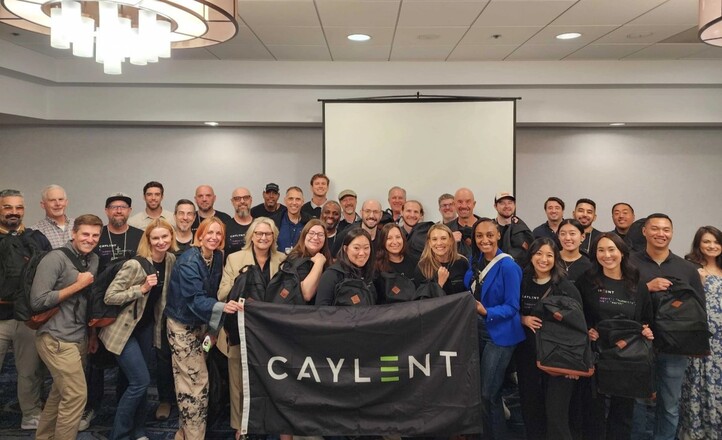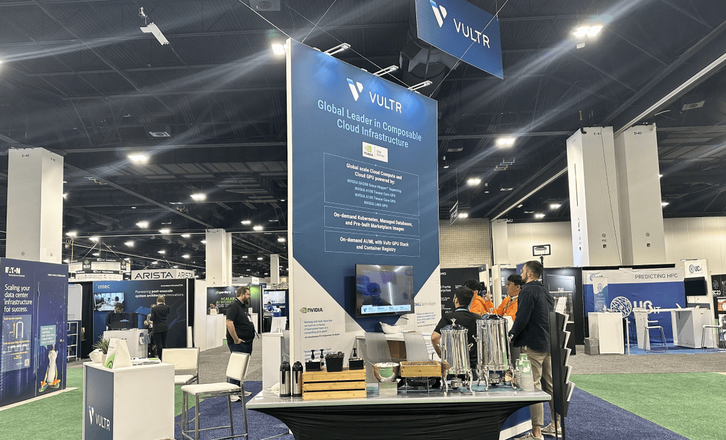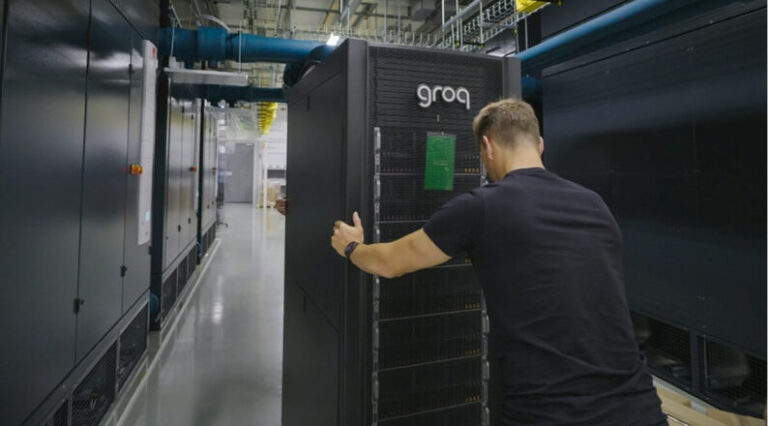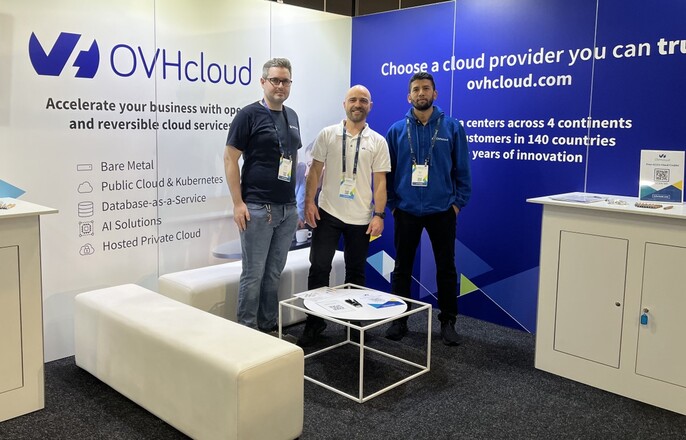
AWS Premier Tier Services Partner Caylent has published its 2025 Database Migration study, revealing widespread difficulties enterprises face in modernizing their data infrastructure. The findings, drawn from more than 300 IT leaders across industries such as manufacturing, energy, healthcare, education, and entertainment, underscore the persistent risks of downtime, cost overruns, and strategic uncertainty that accompany large-scale migration projects.
Only 6 percent of respondents reported that their organizations completed their most difficult database migration projects on schedule, and the same percentage said they experienced zero downtime. Most projects involved significant delays, with 46 percent of participants noting more than five hours of downtime during their most complex migrations. This downtime, according to the study, translated directly into operational slowdowns (44 percent), lost revenue (49 percent), and negative impacts on customer experience (51 percent).
The types of migrations most frequently cited as challenging were database version upgrades, cross-cloud transitions, and moves from on-premises systems to the cloud. While such efforts are often driven by the need to increase scalability, reduce database licensing costs, or avoid vendor lock-in, the report indicates that many organizations underestimate the complexity involved in executing them.
Artificial intelligence is already playing a role in easing migration challenges, but its potential remains underutilized. Sixty percent of respondents said they had employed generative AI or automation tools in their toughest migration projects, and 77 percent of those found AI to be helpful or very effective. However, a notable 53 percent admitted uncertainty over which AI tools and capabilities would best serve their needs. This knowledge gap suggests that while AI adoption in data migrations is accelerating, clear standards and proven practices are still developing.
The study highlights three processes as particularly time-consuming: transferring data from the source to the target database, validating the target database and its integrations, and adapting schemas to the new platform. Each of these steps introduces opportunities for downtime and errors if not carefully managed.
‘Tech Debt Slows Modernization Efforts’
Caylent CEO Lori Williams said the survey findings reinforce the company’s day-to-day experience: modernization is unavoidable but often hampered by legacy technical debt and outdated strategies. Williams argued that integrating generative AI with deep technical expertise can help reduce downtime, speed migrations, and lower costs.
“Modernization is imperative, but too often organizations are slowed by accumulated tech debt and outdated approaches that create unnecessary downtime and delayed returns,” said Lori Williams, pointing to AI-enabled methods as a way to accelerate time to value.
The research results come at a moment when enterprises are under growing pressure to modernize databases to support emerging workloads, particularly those tied to artificial intelligence and advanced analytics. With IT leaders identifying cost reduction, scalability, and freedom from vendor lock-in as key motivations, the findings suggest that more agile and intelligent approaches will be required to keep pace with demand.
For businesses weighing future migration efforts, the report provides a clear warning: the risks of downtime and disruption remain high, but AI-driven solutions are emerging as a pathway toward smoother, faster, and more resilient transformations.





